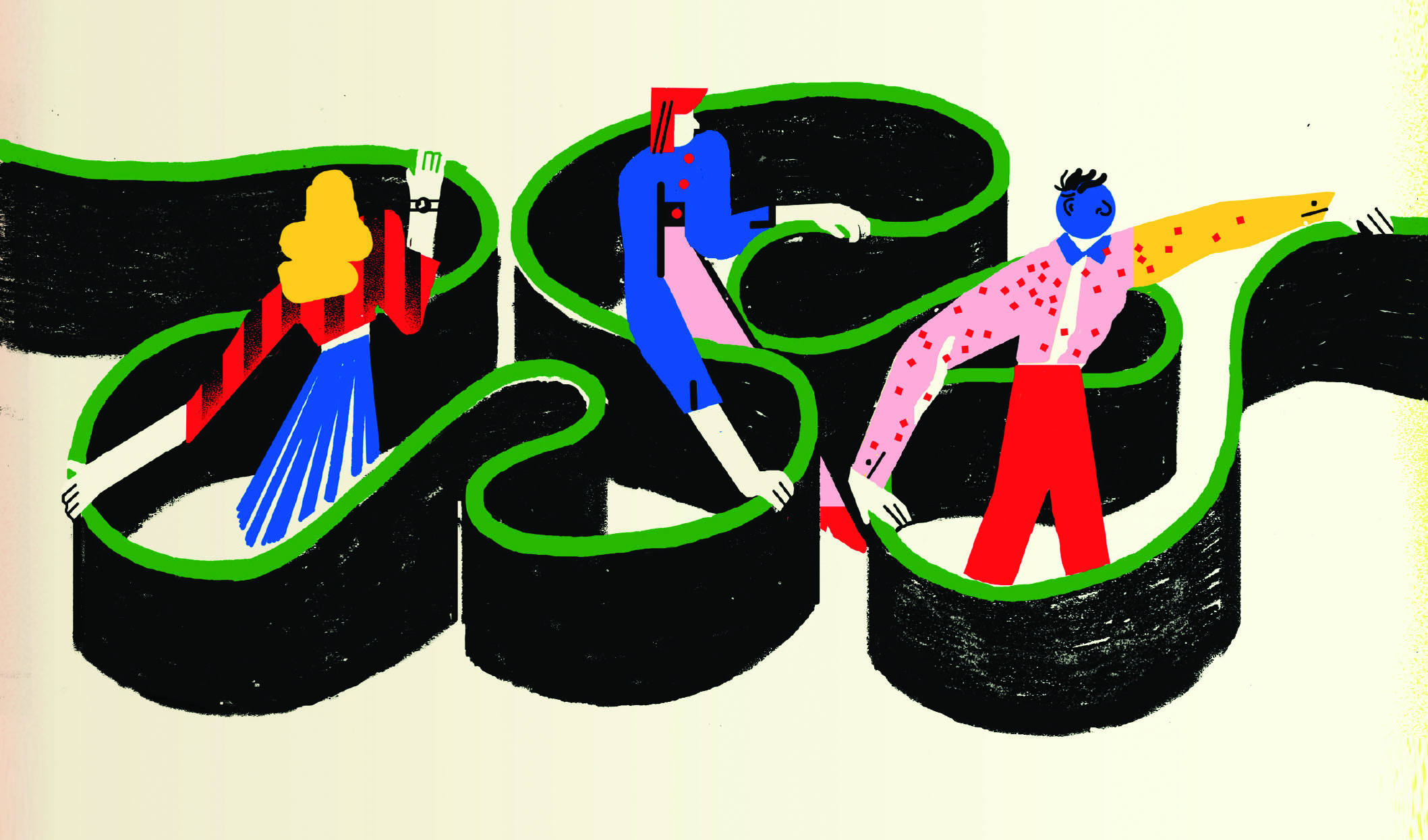Thwarting Flu Evolution

Influenza viruses mutate rapidly, which is why flu vaccines have to be redesigned every year. A new study from MIT sheds light on just how these viruses evolve so quickly.
The MIT team found that flu viruses’ rapid evolution relies in part on their ability to hijack some of the cellular machinery of the infected host cell—specifically, a group of proteins called chaperones, which help other proteins fold into the correct shape. When the viruses were unable to get help from these chaperones, they did not evolve as rapidly as they did otherwise.
The findings suggest that interfering with host-cell chaperones could one day help prevent flu viruses from becoming resistant to existing drugs and vaccines, says Matthew Shoulders, an associate professor of chemistry at MIT.
“It’s relatively easy to make a drug that kills a virus, or an antibody that stops a virus from propagating, but it’s very hard to make one that the virus doesn’t promptly escape from once you start using it,” Shoulders says. “Our data suggest that at some point in the future, targeting host chaperones might restrict the ability of a virus to evolve and allow us to kill viruses before they become drug resistant.”
Angela Phillips, an MIT graduate student, is the lead author of the paper, which appeared in the journal eLife.
Most flu vaccines target the hemagglutinin protein, which is displayed on the surface of the viral envelope. This protein can evolve rapidly, which helps the virus elude vaccines but also poses a challenge: when proteins mutate, they may become unable to fold into the shape required to perform their function. Previous research, such as the pioneering work of the late biology professor Susan Lindquist, has shown that evolution of an organism’s own proteins depends in many cases on the ability of that organism’s chaperones to help mutated proteins fold.
The MIT team wondered whether viruses could take advantage of their host’s chaperone proteins to help with viral evolution. To test that hypothesis, they generated sets of cells with high and low protein-folding capacity. They infected both sets of cells, plus cells with normal chaperone levels, with a strain of flu and allowed the virus to evolve for nearly 200 generations. They found that the virus did indeed evolve faster in the cells with higher chaperone activity.
Targeting this phenomenon could offer a way to delay the evolution of viral resistance to existing drugs and vaccines, the researchers say. Many chaperone inhibitors already exist, and some are now being tested in clinical trials to treat cancer and some viral infections.
Keep Reading
Most Popular
Large language models can do jaw-dropping things. But nobody knows exactly why.
And that's a problem. Figuring it out is one of the biggest scientific puzzles of our time and a crucial step towards controlling more powerful future models.
The problem with plug-in hybrids? Their drivers.
Plug-in hybrids are often sold as a transition to EVs, but new data from Europe shows we’re still underestimating the emissions they produce.
Google DeepMind’s new generative model makes Super Mario–like games from scratch
Genie learns how to control games by watching hours and hours of video. It could help train next-gen robots too.
How scientists traced a mysterious covid case back to six toilets
When wastewater surveillance turns into a hunt for a single infected individual, the ethics get tricky.
Stay connected
Get the latest updates from
MIT Technology Review
Discover special offers, top stories, upcoming events, and more.